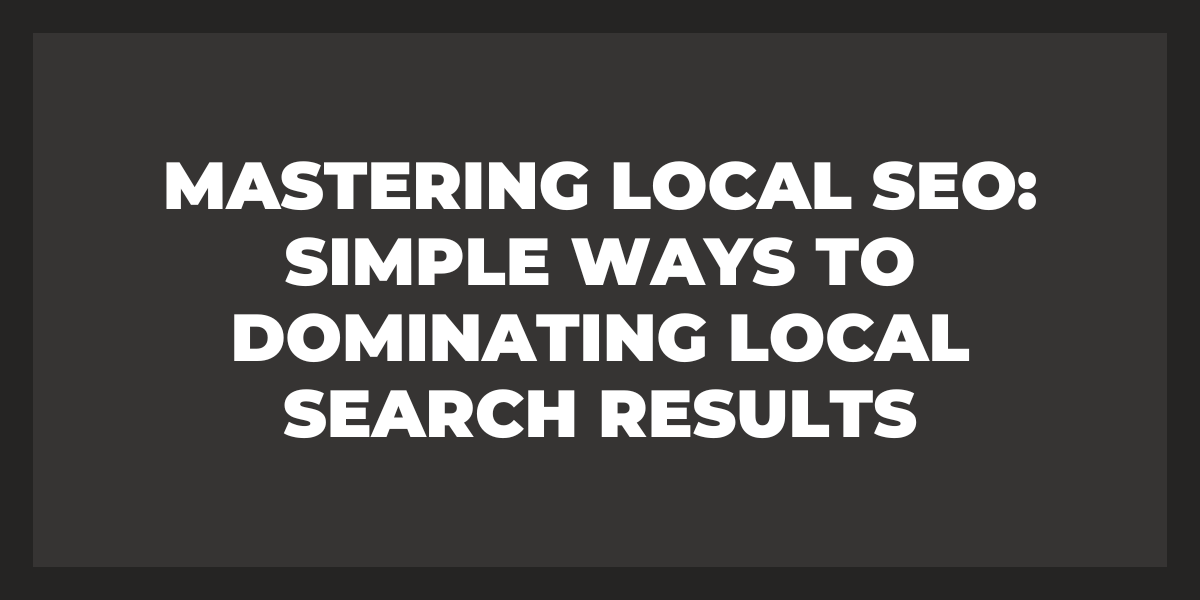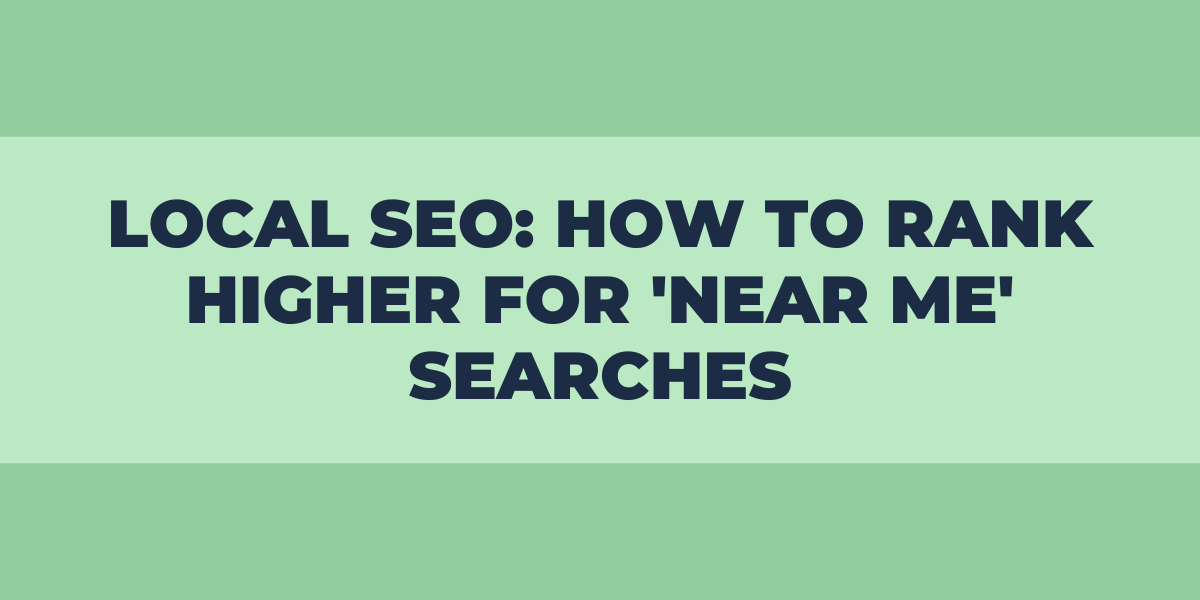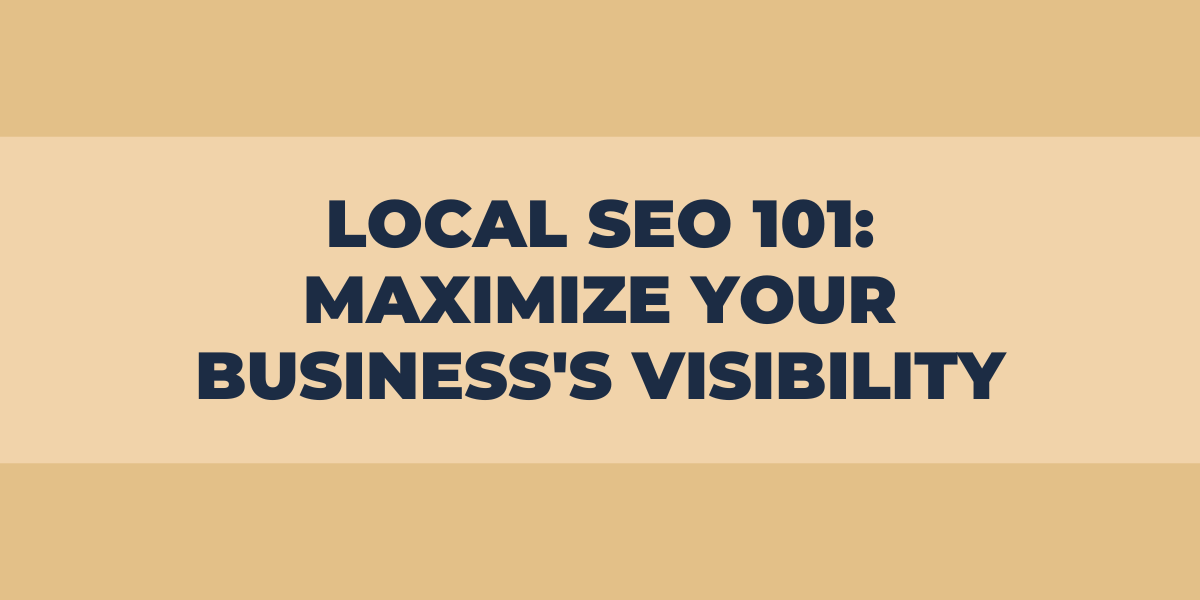Search engine optimization (SEO) crawlers are essential tools in the SEO toolkit. They allow website owners to quickly scan their site and identify SEO issues affecting their search engine rankings. Using a crawler, webmasters can better understand how their content is viewed by search engines and make changes accordingly to optimize their online visibility.
What is an SEO Crawler?
An SEO crawler, a spider or bot, is a computer program that browses the web and collects website data. This data helps search engine optimization (SEO) professionals optimize their pages for better search engine rankings.
What Does It Do?
An SEO crawler can be programmed to identify any content on a website, from text and images to audio and video files. It can analyze web page structure, read URLs and meta tags, check for broken links, and detect malicious code or malware.
An SEO crawler can index all the information in its database by crawling through websites. This indexing lets users find relevant content quickly through popular search engines like Google or Bing. The more information an SEO crawler has about your website’s content, the better it will be able to determine how relevant your website is regarding relevant keywords or phrases.
The Importance of a Crawler
Using a crawler allows websites to access new information quickly
By automatically gathering up-to-date content from the internet and other sources, websites can ensure users can access accurate information in real time.
Furthermore, companies and organizations can use crawlers to generate market insights or monitor digital trends. For example, a crawler could be used to track changes in product availability in different online stores to provide shoppers with up-to-date pricing information.
Crawlers are also important when it comes to website security
Webmasters use them to scan through online networks and identify potential security risks, such as malicious code or questionable content that might otherwise go unnoticed by humans.
This helps them protect their websites against hackers who may attempt to exploit security flaws to gain access or spread malware.
Examples of Crawlers
A few examples of crawlers include:
Search Engine Crawlers: These are automated programs search engines use to crawl and index websites into their database. The most popular example is Googlebot – Google’s website crawler deployed since 1996. It scans websites using hyperlinks which it can find in the HTML code of webpages.
SEO Crawler: SEO crawlers are designed specifically to site audit web pages about SEO performance. This crawler type is often used by digital marketing agencies specializing in SEO services. Common features include finding broken links, identifying low-ranking pages, and checking for duplicate content.
Social Media Crawlers: As their name suggests, these types of crawlers help businesses monitor social media activity, such as post likes/dislikes from people worldwide. They can also be used to gather user feedback about a particular topic. For example, companies may use social media crawlers to see what people think about the latest product launch or how customers react to an advertising campaign.
Shopping Comparison Crawlers: Shopping comparison crawlers are tools used to compare prices from different online stores and give shoppers an overview of the lowest available prices for a particular product. These crawlers can be found on many large price comparison websites such as Amazon and eBay.
Analytical Crawlers: Analytical crawlers help businesses gain insights into customer behavior patterns by scouring through large amounts of data points across various sources such as customer reviews and behavior logs. Companies use analytical crawlers to determine customer preferences for certain products or services and identify areas where they can improve their offerings to boost sales or increase customer satisfaction.
How Does a Crawler Operate?
- The process begins with the web crawler receiving a list of URLs to explore from a queue. For each URL, the crawler downloads its content and extracts any links within that page; these newly discovered links are added to the end of the queue for further exploration in subsequent passes.
- Once the content has been downloaded, it is parsed to index any important information for searching purposes. The content is stored in a database that can be easily accessed later.
- Crawlers have become essential to many online services, such as search engines and social media analysis tools. By continually scouring webpages looking for new or changed content, they enable these services to provide accurate results quickly and efficiently.
- It’s only possible to provide meaningful search results with a crawler; think how outdated your favorite search engine would be if there were no ways to identify new websites or detect changes within existing ones!
- Though most people think of crawlers as simple automated robots, modern implementations often go beyond simply downloading text-based documents with various levels of intelligence, allowing them to recognize tags like images and videos along with their associated data.
- This allows them to produce more useful results when searching through multimedia-based websites like YouTube or Instagram, where text may not be present but still provides valuable information that should be indexed.
How to Get Access to All Your Strategic Data With an SEO Crawler
An SEO Crawler is an effective way to access all your strategic data. With an SEO Crawler, you can retrieve detailed information about the performance of your website, such as rankings, analytics, traffic sources, and backlinks. This allows you to assess the effectiveness of your site from a search engine optimization perspective.
By leveraging an SEO Crawler, you can also track changes in keyword rankings over time and identify the most profitable keywords for driving traffic to your website.
This can inform strategic decisions such as which content to optimize further or even new website features that could increase visibility in search engine results pages (SERPs). Additionally, you can use the crawler insights to create reports on competitor analysis and audit your website’s content, meta description, and structure.
An SEO Crawler will also give you insights into technical issues with your site, such as broken links or server failures that could be impacting its performance. These findings can then be addressed accordingly to improve organic search visibility and overall user experience on crawled Javascript websites.
In addition, this type of crawler can detect malicious activity on your site so that it can be immediately addressed for safety reasons.
How to Analyze all your SEO assets
During the audit, it is important to pay close attention to the following key aspects:
Website Performance: Analyze page load times and ensure all pages load correctly. Check for any broken links or coding errors impacting SEO performance.
Content Quality: Analyze existing content and assess its readability, relevance, and usefulness from a technical SEO perspective. Identify any gaps in terms of keyword optimization and consider creating new optimized content to fill those gaps.
Backlink Profile: Analyze your backlinks and ensure they are from reputable sources with high domain authority scores. Check for suspicious links that could hurt your site’s reputation or rankings.
Competitor Analysis: Analyze competitors’ websites, content strategies, and backlinks profiles to gain insights into what tactics they may be deploying to outrank you in searches.
How to Analyze Your Growth With the Most Powerful SEO Dashboard
The most powerful SEO Dashboard provides detailed and comprehensive reports on organic search performance, allowing users to monitor rankings, indexing trends, keyword volume, backlinks, and more easily. It also helps you uncover insights into competitor strategies by comparing their traffic sources and ranking performance against yours.
Additionally, the dashboard offers advanced features such as custom metrics tracking, automated updates on changes in ranking positions over time, alerts for fluctuations in traffic or rankings, and suggestions for optimizations to increase visibility with search engines.
How to Monitor All Your Keywords With the Unlimited Rank Tracker
Monitoring your keywords with an unlimited rank tracker is essential for staying up-to-date with the constantly changing world of search engine optimization (SEO). With an unlimited rank tracker, you can easily track keyword performance over time and compare it to competitors to gain valuable insight into the effectiveness of your SEO strategies.
An unlimited rank tracker overviews where a website or specific page ranks for certain keywords across multiple search engines. The tracker shows actual ranking, trend graphs indicating how rankings are improving or declining, and other metrics like domain authority and backlinks that can provide insight into why a website ranks higher or lower than expected.
By tracking keywords and their performance regularly, you can easily identify problems and areas that need improvement. For example, if rankings suddenly drop for a certain keyword, you can quickly identify what changed in the ranking algorithm or your SEO strategy that may have caused the drop.
You’ll also be able to monitor competition more effectively by keeping up-to-date with their tactics to achieve better rankings than yours.
How to Automate Your SEO reports
First, consider the type of crawl data you want to report on. You should include rankings, organic search traffic, referral traffic, keyword performance, and other metrics.
Once you have determined the type of data you need to track, use tools like Google Analytics or Search Console to collect this information automatically. This will give you a detailed overview of your website’s performance regarding search engine optimization.
Next, create an automated report template to pull relevant data from these various sources into one unified document. Include features such as charts and tables that help visualize the data in an easy-to-understand format. Automated reporting services like Databox or Supermetrics can help with this step.
Finally, decide on a schedule for when these reports should be generated and sent out. This could be once a week or monthly, depending on how often you need updates about your website’s performance. Set notifications for yourself so that you don’t miss any important updates in the meantime.
Best SEO tools
- Google Search Console
- Moz Pro
- Ahrefs
- SEMrush
- Screaming Frog SEO Spider
- DeepCrawl
- Ubersuggest
- AnswerThePublic
- Sitebulb
- RankMath SEO Plugin
What can you do with the SEO Crawler?
The SEO Crawler is a powerful tool that can help you make your website more visible and increase its search engine rankings. With the crawler, you can quickly discover and analyze what keywords are being used on other websites in your industry, so you can identify the most effective words to use in your content.
Also, the crawler will crawl through all your web pages and look for any errors or issues that may prevent your pages from ranking as high as they should. It will also rate each page based on how relevant it is to certain keywords, helping you determine which ones need improvement.
Ensuring your website has no technical errors and contains relevant content with well-chosen keywords will make it much easier for search engines to find it among the millions of websites.
Frequently Asked Questions
What does Google crawler do?
Crawling is discovering new URLs online and fetching their content to be included in Google’s index. It enables users to find their query results more quickly, allowing them access to information that may not have been previously indexed. The crawler works by following links from page to page until it discovers all relevant data for its index.
What is the difference between crawling and indexing in SEO?
Crawling gathers links from different websites to add to a search engine’s database. This allows search engine bots to crawl and index these links, which makes them more visible on the web. On the other hand, indexing organizes all that data into categories to search for and find it quickly by users.
Is SEO Spider free?
Yes, SEO Spider is free to use. It is a powerful and user-friendly software used on Mac OS X and Windows platforms to crawl websites and analyze their content. It also has features such as bulk export, custom source code search, custom extraction, link auditing tools, and more.
How can I improve my SEO crawling?
Improving SEO crawling requires a combination of tactics, including optimizing your website’s content and structure, submitting a sitemap to search engines, utilizing the correct headers and tags on your pages, minimizing redirects, enabling compression, improving page load speed, and creating optimized URLs.
Concluding Thoughts
If used correctly, an SEO crawler can be instrumental in helping you achieve higher rankings on search engine results pages (SERPs) and increased visibility for your brand online. No matter what kind of business or industry you’re in, investing in an SEO crawler will pay off dividends over time!




















